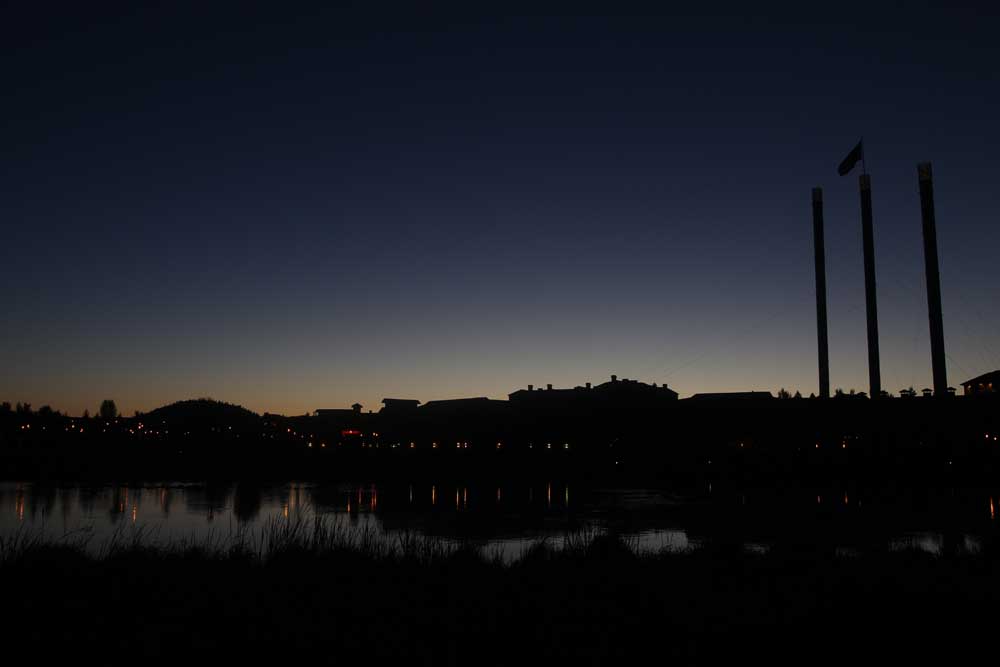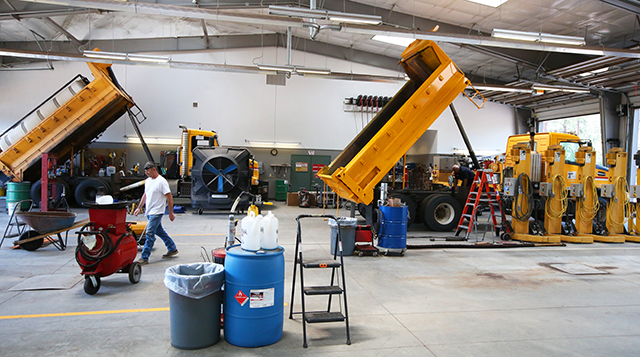Coalition pushes Bend to invest in central district
Published 12:00 am Monday, March 19, 2018

- Bend's Old Mill District. (Andy Tullis/Bulletin file photo)
A coalition of landowners, businesses, neighborhood associations and nonprofits is pushing the city of Bend to invest in redeveloping an industrial area east of downtown that the city sees as a prime spot for mixed-use development.
The Bend City Council expects to spend several hours during a work session beginning at 2:30 p.m. Wednesday discussing how best to annex and develop about 2,380 acres outside city limits and add taller, denser development in some parts of Bend. Councilors will consider whether to create new urban renewal areas, designated parts of town where cities invest in new infrastructure or other improvements and use expected tax revenue to pay for it through a process called tax increment financing. Bend now has active urban renewal areas at Juniper Ridge and Murphy Crossing.
Trending
One candidate for a new urban renewal area is the Bend Central District, a 206-acre area that extends south from Revere Avenue to railroad tracks between the parkway and Fourth Street. The Bend Central District Coalition, a group organized by Central Oregon LandWatch, sent a letter last week to councilors urging them to create an urban renewal area in the central district and some surrounding land.
City plans already call for redeveloping the area, now mainly used for industry, with mixed commercial and residential buildings, wide sidewalks and bike lanes or shared-lane markings. Changes to city codes made that type of development possible, but Moey Newbold, director of urban planning for Central Oregon LandWatch, said the urban renewal process can kickstart the development.
“It seems like the right tool to use here,” Newbold said. “There’s pressure for development and there’s pressure for investments, but everyone needs the city to take the lead.”
Property sales at Juniper Ridge gave the city the money it needs to create up to three new urban renewal areas. Other contenders that councilors will discuss Wednesday are in the northernmost part of Bend, the former KorPine site and the central westside area around Century Drive.
When cities create urban renewal areas, they freeze the amount of taxes from each individual property in that area that can go toward general fund expenses like police, firefighters and road maintenance.
Individual taxpayers, however, don’t see a break — if the value of their property goes up and causes their taxes to increase, they’ll pay higher taxes. The increase is set aside to pay for improvements in the urban renewal area.
Trending
Other local government organizations, such as the Bend Park & Recreation District, Bend-La Pine Schools and the Deschutes Public Library District, could also agree to forgo their portion of increased property tax in an urban renewal area. According to city documents, employees of all three districts were open to the idea of new urban renewal areas, but it’s board members, not staff, who will ultimately decide that.
Major improvements in the Bend Central District that could be funded through tax increment financing include making better pedestrian crossings on Franklin and Greenwood avenues and improving underpasses, Newbold said.
Liz Weigand, who owns Agricultural Connections on First Street, said she’s seen the Central District area evolve a lot during the five years that she worked there. But doing more to intentionally develop the area will help, she said.
“This makes so much sense to help bring businesses, manufacturing (and) more like-minded people in this district,” Weigand said.
Making the Central District a more walkable area with options for food and shopping would “create a much richer lifestyle” in the central part of town while avoiding urban sprawl, Weigand said.
“You don’t want to lose the lifestyle quality of Bend,” she said.
Bill Caram, chairman of the Orchard District Neighborhood Association, said developing Bend’s Central District will address his group’s top priorities: improving bicycle and pedestrian access and creating easier access to businesses. It does this while also keeping Bend from expanding too far outward, he said.
“By concentrating the growth in one spot in the middle, it’s going to preserve the wilderness on the edge of town,” Caram said.
— Reporter: 541-633-2160; jshumway@bendbulletin.com
Editor’s note: This article has been corrected. The original version misspelled Bill Caram’s name.
The Bulletin regrets the error.








